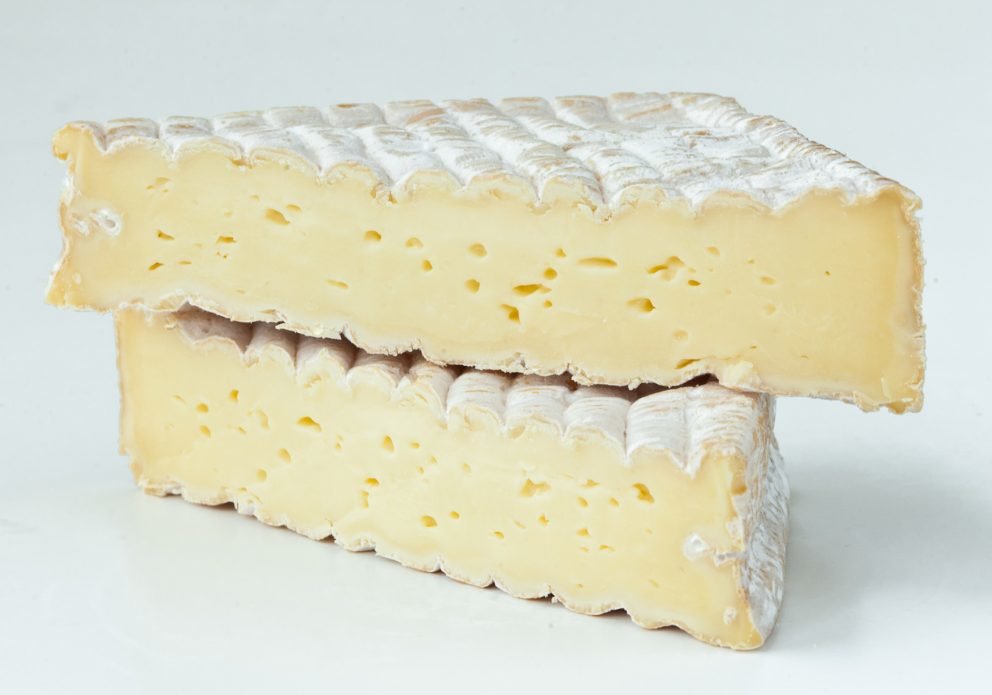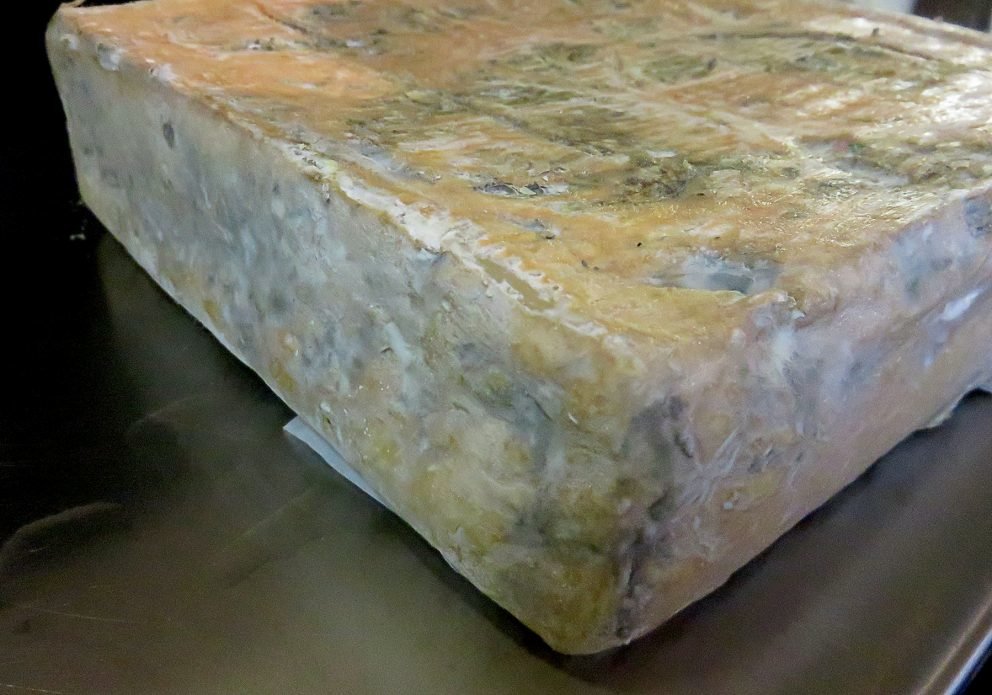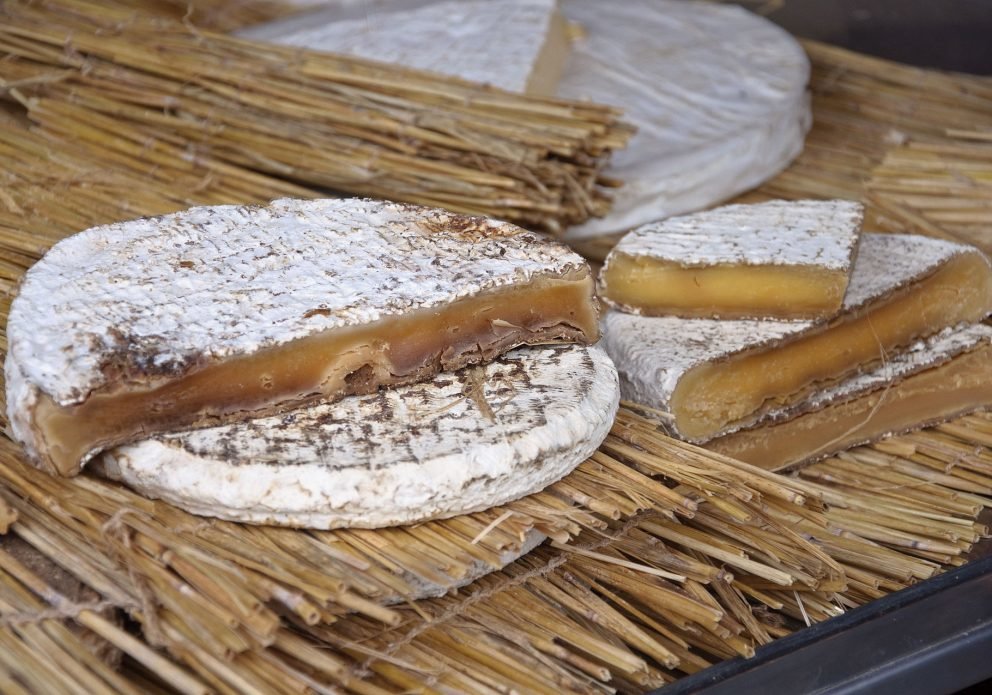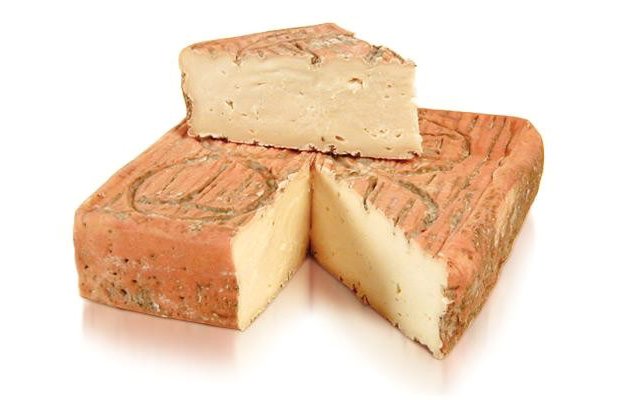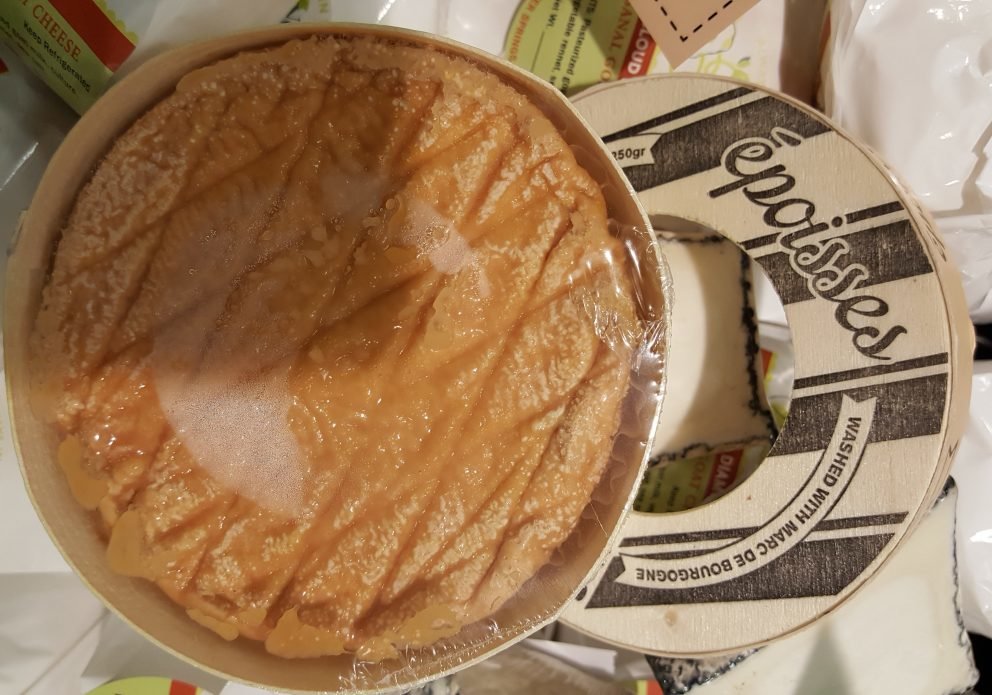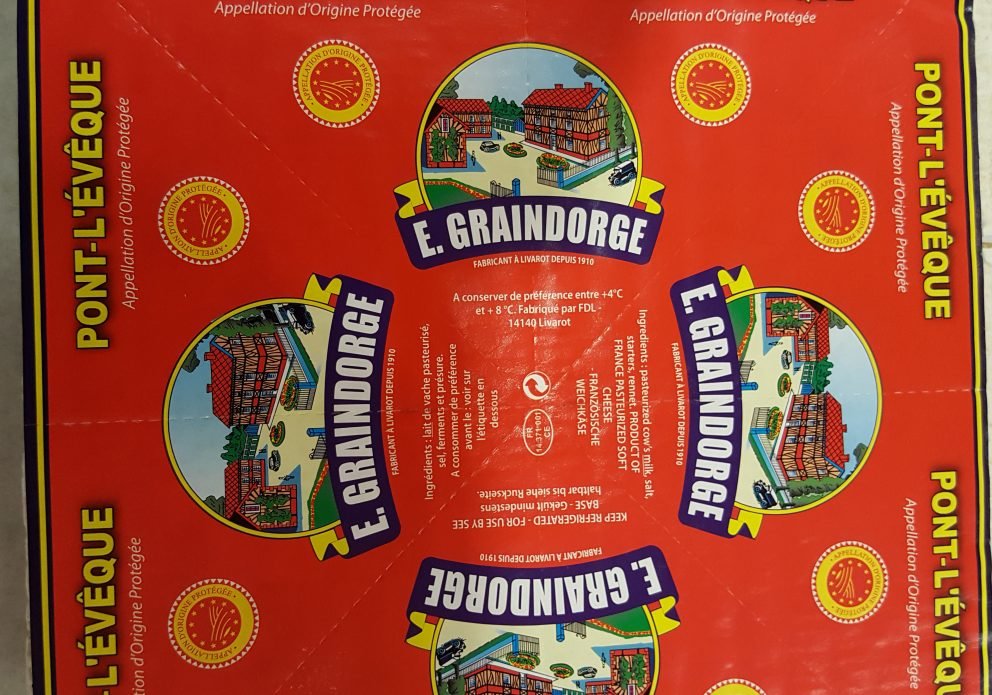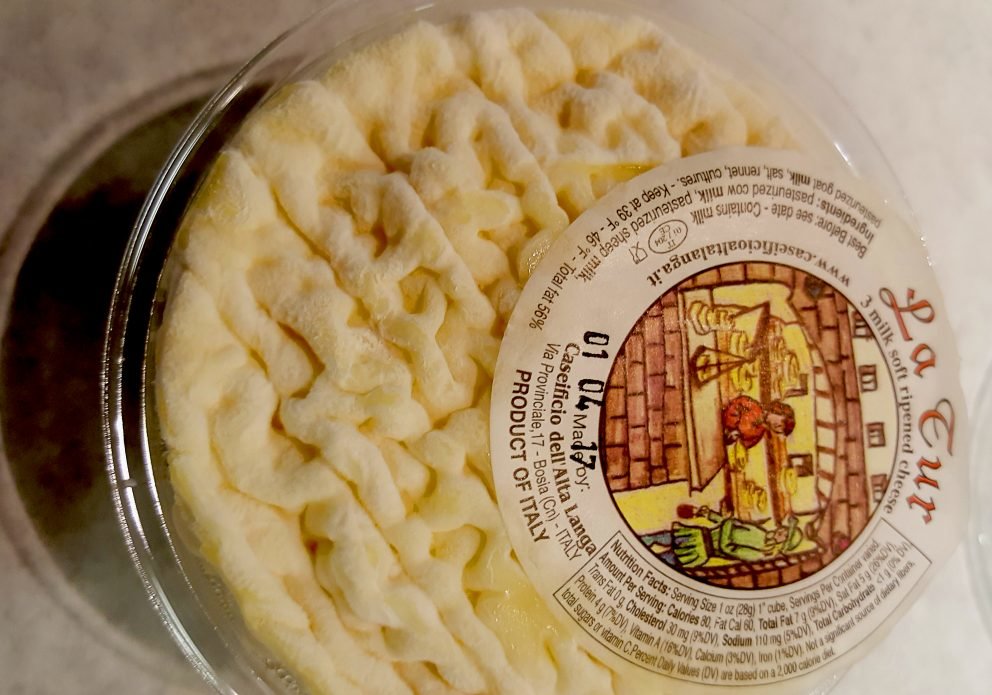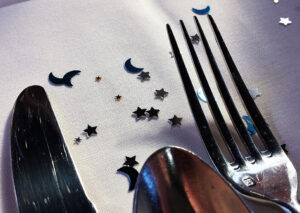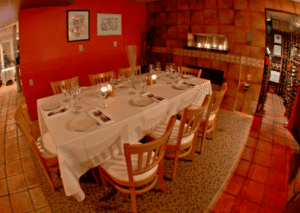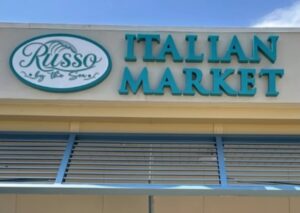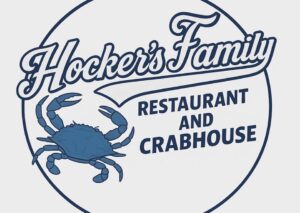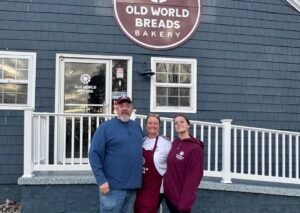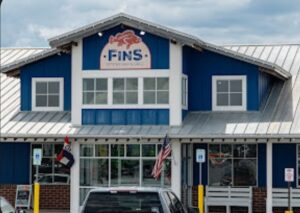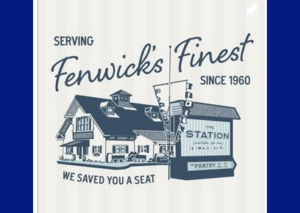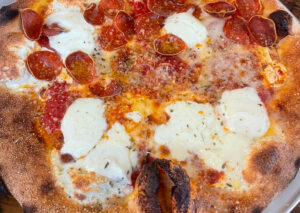This is a continuation of the groundbreaking series: Frequently Asked Cheese Questions
Soft Cheeses: Part 1: The Evolution and Definition of Soft Cheeses
I’ll get right to the point: Yes, Virginia, spontaneous fermentation does exist:
In The Beginning – for at least the last 10,000 years, from the Middle East to India, the fermentation of milk happened the day after we decided we could share the milk with the calves, lambs, kids etc. of this world when we could enjoy fresh milk and fresh butter.
And Lo – On the next morning, when our milk was a bit sour but still good, the fermentation of milks began to be fully appreciated. Lactic acid fermentation occurs in the presence of lactic acid bacteria; which are both common and local in nature. So local variations of jogurt-ty like stuff came to be, bearing even more local spellings.
We Then Begat Variations- We quickly learned to control the fermentation, thus allowing us to extend the value of milk production by extending its usefulness. One of the other things we learned was that when (if) we apply heat to the milks we can vary the results.
And So Now – Our understanding of the process has modernized. When applied to milks, lactic acid fermentation and heat soften the building blocks (proteins), within our milk. This process results in cheeses of varying hardness and textures. As the milk is subjected to the heat and fermentation, the fat remains in the curd and coats the protein. There are a few other variables in the formation of our curd, i.e., rennet and yeasts etc., but let’s work on one variable at a time.
The building blocks that create soft cheeses are soft and unable to structurally support themselves. This is not a sudden action. Initially, the curds are stable and pliable. Imagine you are racking up pool balls into a nice symmetrical structure, but if you remove the rack after it has been lightly pressed into the form, and then changes happen. It’s Alive! Well, ok, not alive so much but there are changes when the fat coated, damaged and less uniform protein structures settle into their molds. They are then less able to support their own weight and they become “soft”. One week it’s a curd, and the next week it’s yogurt and running all over our kitchen tables.
In order to protect all these kitchen tables, we need to create a vessel; a container; something to hold that soft cheesy wonderfulness. Maybe we can get the cheese to help us … And Lo, We Shall Call It “The Rind”!
I wish I could say, “Let’s start at the beginning,” but there really isn't one, so let's start in the middle. In order to make soft cheeses you need to be able to predict that you will be able to eat them from 1 to 5 months after production. In order to achieve this, you need a consistent low mean temperature to allow for development. And you need a rind.
Soft Cheeses: Part 2: The Rinds of Soft Cheeses:
Rinds on soft cheeses are crazy things. For thousands of years in the warm latitudes, hard (firm) cheeses were stored in a bucket of brine (salt water). It became understood that you could pull the correctly made cheese out of the brine after a day or a month or whatever and a crust would form – i.e., Pecorino Romano and Provolone. A little later it was found that if you pulled your hard cheese out to soon and some mold or yeast bloomed on the cheese you could go back over the cheese with a salt wash and kill the mold and it added kind of a nice grassy flavor to the cheese, i.e., Pecorino Toscano and Castelrosso. This was all going on in the Middle Ages. At that time, and in that place, the Roman Catholic Church was the center of organized society. Through the use of a network of outposts and abbeys, information could be passed on. (Products, however, had to wait a couple of years for the renaissance, city states, and banks.)
The Middle Ages happened in northwestern Italy. There is a plateau that ranges from Lombardy in the east to Piemonte in the west where there are lots of cows. That plateau has the climate of Vermont, though it is actually farther north than Vermont. As always, the abbeys, as the center of organized society, attracted the best and the brightest people available. As there were limits (it is the middle ages after all) as to what functions were available, the best and the brightest were taught the trades that would make the abbey better and more comfortable places – in a manner of speaking.
This allowed the dairy men to make the cheese in a stable and predictable place and at a predictable sustainable pace. The farmers made several types of cheese but one of the styles was eaten young and rind-less. In addition to the lactic acid bacteria, a bit of yeast was regularly incorporated (fell? drifted?) into the cheese; which after twenty days produced a firm, buttery but not quite spreadable orange-tinged cheese.
I would like to say that a couple years ago I tasted something very much like I have described, but it was from a farm in Normandy; a place famous for its cheeses, apples and abbeys. Oops. Back to Italy. Back to the abbey – and what the cheesemakers discovered.
The yeast, if left for longer than thirty days (call it forty five days), will bloom evenly across the cheese must be stored on matts or straw to ensure air flow on the top and bottom, and they must also turned to ensure uniform development. Development is monitored and controlled with regular salt-water baths. A rind developed – it is orange, but it is a rind. Lower the pH (increase the acidity) of the cheese, and in a month or so we end up with a soft cheese with a rind.
These cheeses are called Smeared Rind Cheeses they are found every place that you might find an abbey. Belgium, Normandy, Alsace, Southwestern Germany, Switzerland and Northwestern Italy. Cheesy examples of these delicacies would include would Pont l'Eveque, Real Munster, Epoisses de Bourgogne (washed with a marc), Reblochon, and Taleggio, which is how we started. There are even some places without abbeys; the Cato Creamery in Connecticut makes a cheese called Hooligan, which is a good as they get. Sue Miller in Pennsylvania is making Red Cat and Fat Cat which are amazing examples of this style. There are some wonderful examples of this style of cheese produced on the British Isles as well.
The cheeses of this style are not for the faint of nose! They are pungent but creamy, complex and delicious, fully engaging two different senses. They come from area that make huge wines, sour and farmhouse beers which pair nicely.
And now, we will leave Italy, as they have, once again, shown us a way. And we will go to the other side of the Southern Alps to the French and the Swiss border country, Northeast of Lyon. In this area, on both sides of the border, they traditionally don't trust the rinds of the soft cheeses. And so the cheeses from here are often bound along their edges with wood. They also have a mix of yeast and lactic acid bacteria, which after a short time of salt-water washing, a white (or sometimes slightly grey) mold grows on top of the yeast. A couple of my favorite cheeses come from here. They are soft cheeses made with raw winter milk only. The Swiss call it Vacherin du Mont d'Or; in France it is called Vacherin du Haut Doubs. It is powerful, chivey, grassy, earthy. Försterkäse and L'Edel de Cleron are available pasteurized versions and are also very good. Jasper Hill in Vermont does a passable imitation called Winnimere; but hold out ‘til you can get the real thing.
If you go west a bit towards Lyon you will find there a couple fun, but very small soft cheeses called Saint-Marcellin and Saint-Félicien. The folks here don’t trust the rinds at all. The cheeses age in little ceramic cups, and are ready to be eaten three weeks after production. And they are good. If you go as far as the Jura Mountains you will run out of cows. It is all goats and bacteria up there. There are some lovely soft ones from this region which we will address later. But now we have to travel north to the lands of bries.
Brie is a modern invention based on everything that came before. Modern might mean a couple hundred years old, right? Anyway, bries are not what we think they are. They are not flaccid, shelf stable, bright and white, and tasteless except when we put jam on them and stick them in the oven. Proper bries are white to white and grey, and, when ripe they are buttery, a little grassy and earthy. Sorry for the confusion. I am not sure why the French sell us – and we so willingly buy – crap. Actually, maybe the question is both asked and answered….
Bries are made in Brie, to the northeast of Paris and in Normandy, due north of Paris and places in between. There are two AOC Brie cheeses, and they are three pounds (the Brie de Melun) to six pounds (Brie de Meaux). Production of Brie de Meaux has been traced to the 8th Century and yes, to an abbey. In addition to the lactic acid bacteria, these cheeses use a second mold to form their rinds. Molds (and yeasts) tend to die and dry when they are exposed to air. And rinds happen. These cheese makers got so good at manipulating their rinds that they began to use cheeses with added butterfat. Thus, Double Creams and Triple Creams were born in the late 18th and early 19th centuries.
All that being said, it is very difficult to buy a good brie. Because of the USA pasteurization laws (no raw milk cheeses under 60 days) we don't get many good bries, and very few great ones. I think the Pierre Robert – a triple cream enriched with crème fraîche – is a great holiday cheese and is perfect with champagne. Brie de Meaux has a pasteurized version that you will see occasionally that, when ripe, can be a treat. It is hard to recommend any others. Within the last twenty years, production techniques have the cheeses being “inoculated” with mold to aid in the uniformity of the rinds, but sometimes it dries out the crusts.
Lingering brie questions:
Are the rinds edible? Yep, they should be. And they should add to the taste of the cheese. If it tastes like cardboard then it got sprayed. Why eat cardboard? Get rid of it.
Is the ammonia smell normal? Kinda. And it is not like seafood. Some of the molds involved (there are lots of them) will produce ammonia under certain conditions. It is usually due to a too-moist surface condition and can be dissipated with a couple minutes in front of a fan. It should not have permeated the cheese itself.
But what if I need some wine with my soft cheeses? The aromatic soft cheeses pair well with slightly acidic and sweet whites, like chardonnay and pinot blanc. I suspect any of the more aggressive reds like the cabs, etc., would overwhelm the delicate taste.
Lastly, in my reading to write this blurb I came across an article in Applied and Environmental Microbiology called “Surface Microflora of Four Smear-Ripened Cheeses” and as I read it I remembered what Sir Terry Pratchett said “We use the magic and then spend the rest of our lives trying to understand it.” Anyway, we have to do something, don't we? And eating a bit of good cheese (with perhaps a cool white vintage nearby) is a good thing to do.


